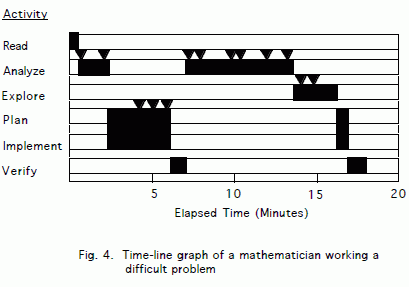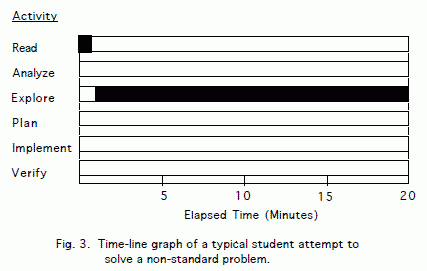Misconceptions are very different from the mistakes students make. Mistakes are not consciously made. Misconceptions are. Mistakes are usually one-off, while misconceptions, the gods forbid, could be for keeps. Mistakes are made by a few, misconceptions are made by many and, repeatedly.
Students can figure out their mistakes by themselves because mistakes are usually due to carelessness. They cannot do the same for misconceptions. Misconceptions are committed because students think they are correct.
How can misconceptions be addressed? By undressing them, carefully exposing them until the students see it. It cannot be corrected by simply marking them x because misconceptions are usually made with full knowledge.
The following are common misconceptions in arithmetic, algebra and geometry:
1. Did we not learn that multiplication is repeated addition? So, -3 x -4 = -3 + -3 + – 3 +-3 = -12?
2. Didn’t we learn that to multiply fractions we simply multiply numerators and we do the same with the denominators? Didn’t the teacher say multiplication is simply repeated addition so ?
3. Did not the teacher say x stands for a number? So in 3x – 5, if x is 5, the value of the expression is 35 – 5 = 30?
4. Did not the teacher/book say to always keep the numbers and decimal points aligned? So if Lucy is 0.9 meters and her friend Martha is 0.2 taller, Martha must be 0.11 meters in height?
5. Did we not learn that the more people there are to share a cake the smaller their portion? So ?
6. Did we not learn that by the distributive law 2(a+b) = 2a + 2b? So, ?
7. Did not the teacher show us that (x-3)(x+1) = 0 implies that (x-3) = 0 and (x+1) = 0 so x = 3 and x = -1? Hence in (x-3)(x+4) = 8, (x-3) = 8 and x +4 = 8 so x = 11 and x = 4?
8. Did we not learn that the greater the opening of an angle, the bigger it is? So, angle A is less than angle B in the figure below.
9. Did we not learn that you if you cut from something, you make it smaller? Hence in the diagram below, the perimeter of the polygon in Figure 2 is less than the perimeter of original polygon?
10. Isn’t it that the base is the one lying on the ground?
There’s nothing a teacher should worry about mistakes. There’s everything to worry about misconceptions. Good teaching practice exposes misconceptions, not hide them.
You might want to check out this book:










